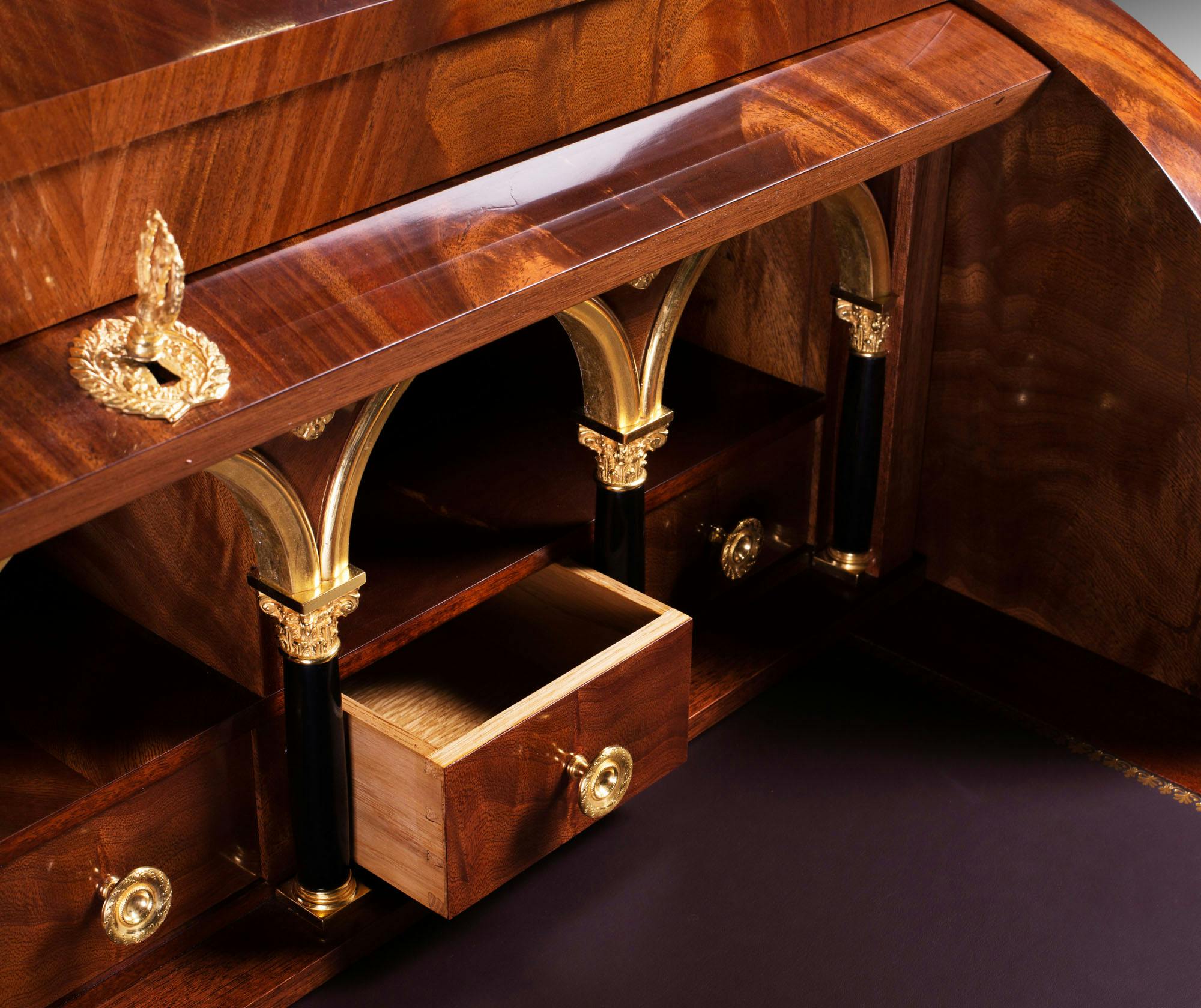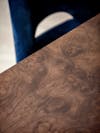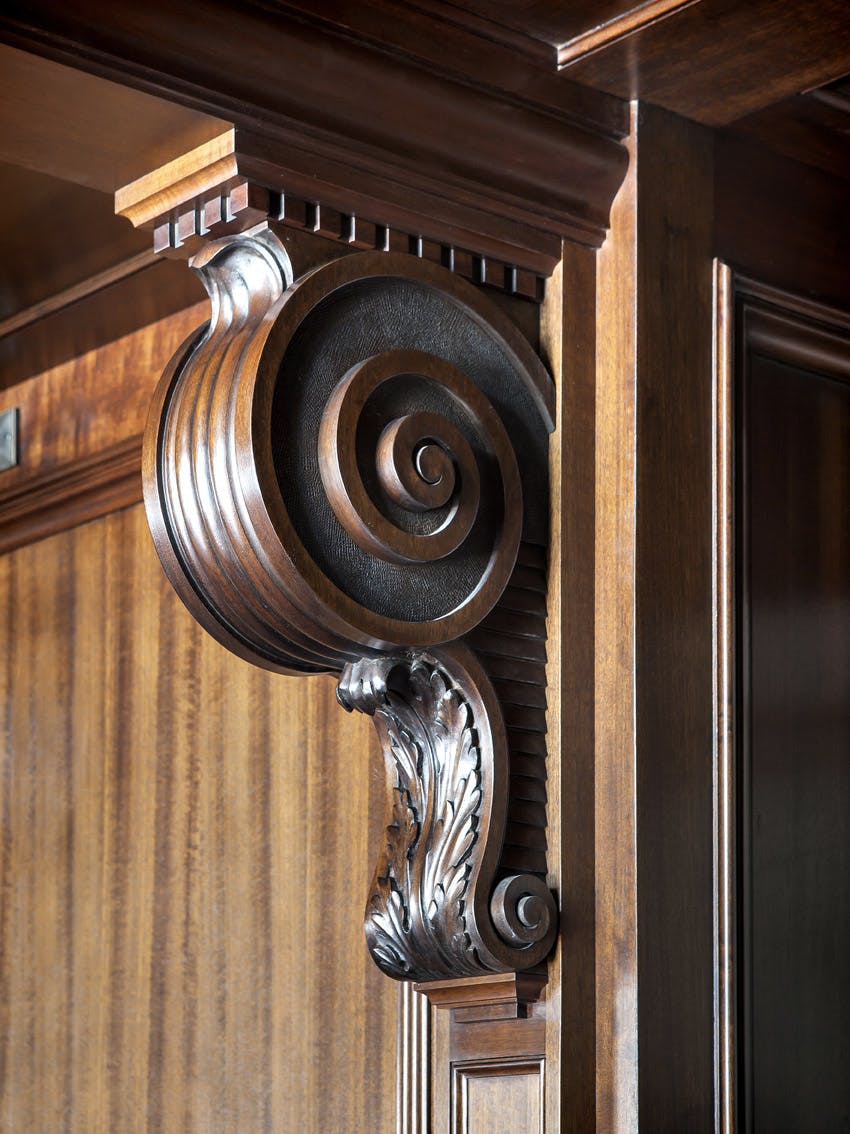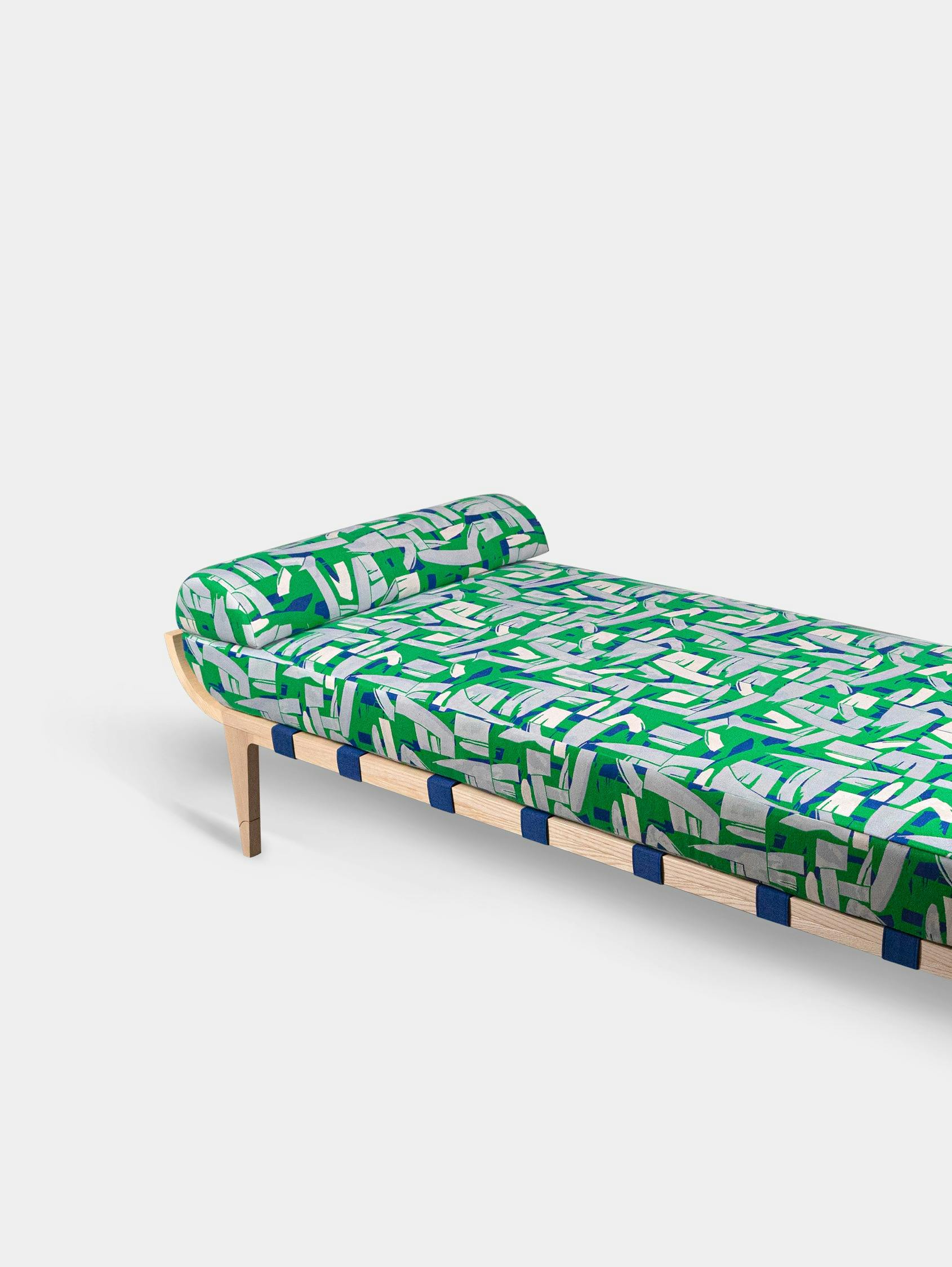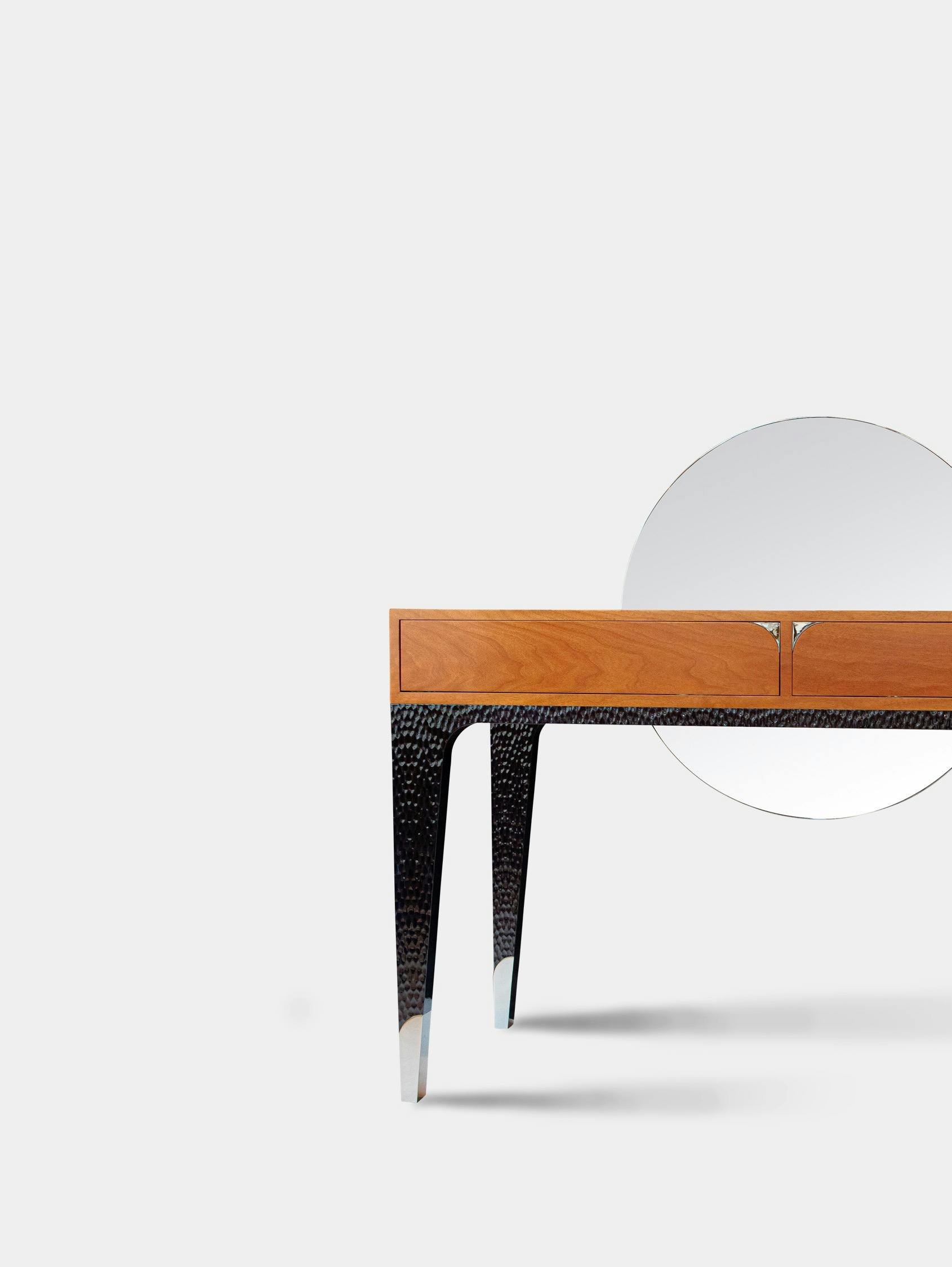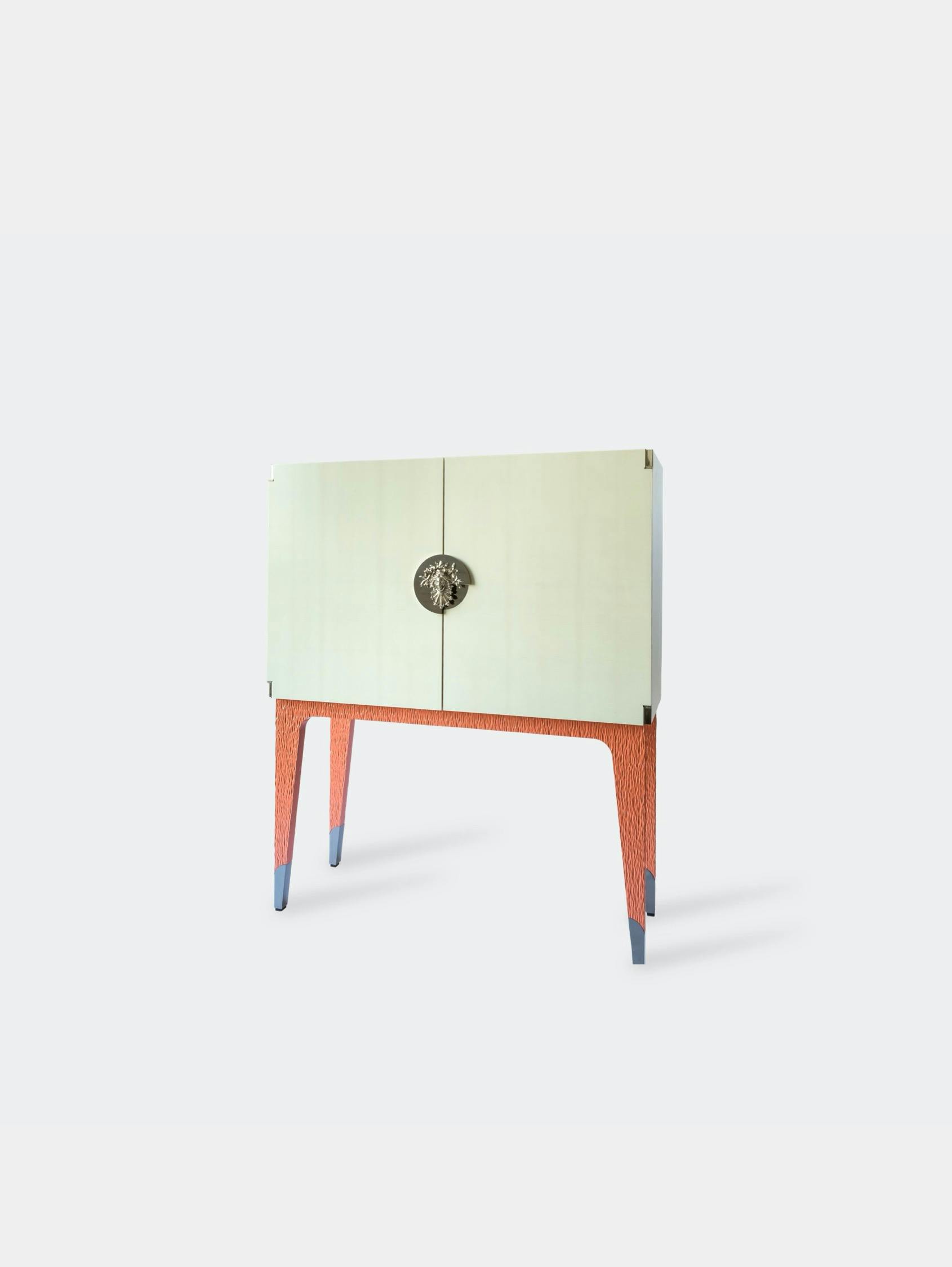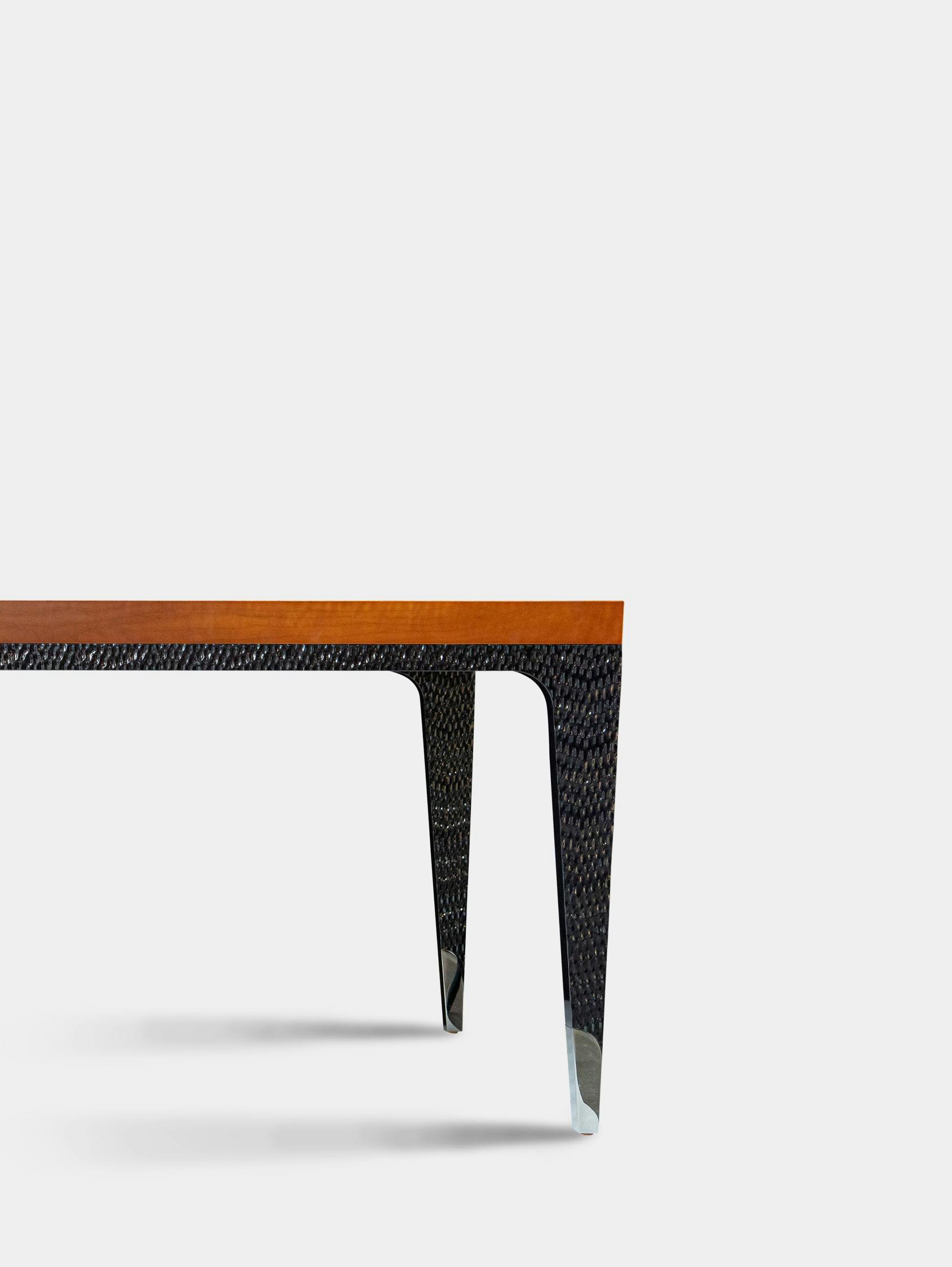Marquetry
Marquetry is a process of composing an ornamental decoration with sheets of wood and any number and type of additional materials: from mineral to organic, from sedimentary to metallic. Geometric, floral, abstract, or figurative, embellishing and ennobling with stone, bone, or metal, marquetry is a craft that requires a creative mind and flawless knowledge of the characteristics of the countless wood species. For this art form that requires meticulousness, manual skill, finesse, and dexterity, the academic knowledge possessed by our craftspeople allows them great freedom of creative expression. Used for making parquet as well as furniture, marquetry has a vast spectrum of applications.
Its origins date back to the Renaissance, although there are some traces of marquetry in Ancient Egypt. In France, this art reached its peak under Louis XIV. Cabinetmaker André-Charles Boulle was particularly influential on marquetry, creating his own style as well as disseminating his technique of hand-cutting pieces individually. Boulle marquetry on furniture can be recognized by its composition containing brass or tortoiseshell, often further enhanced by components in dyed horn, pewter, or copper.
Today’s tools produce marquetry of great finesse and precision, allowing for a rich palette of materials applied in infinite variations. It can incorporate a wide variety of woods, such as various rosewoods or kingwood, amaranth, ebony, or even mahogany. By sawing at any number of angles and in any number of thicknesses, with, against, or across the grain, our craftspeople can create extremely diverse decorations, such as floral bouquets, geometric veneers in cubes, stars, or mosaics that become veritable abstract or figurative tableaux.
